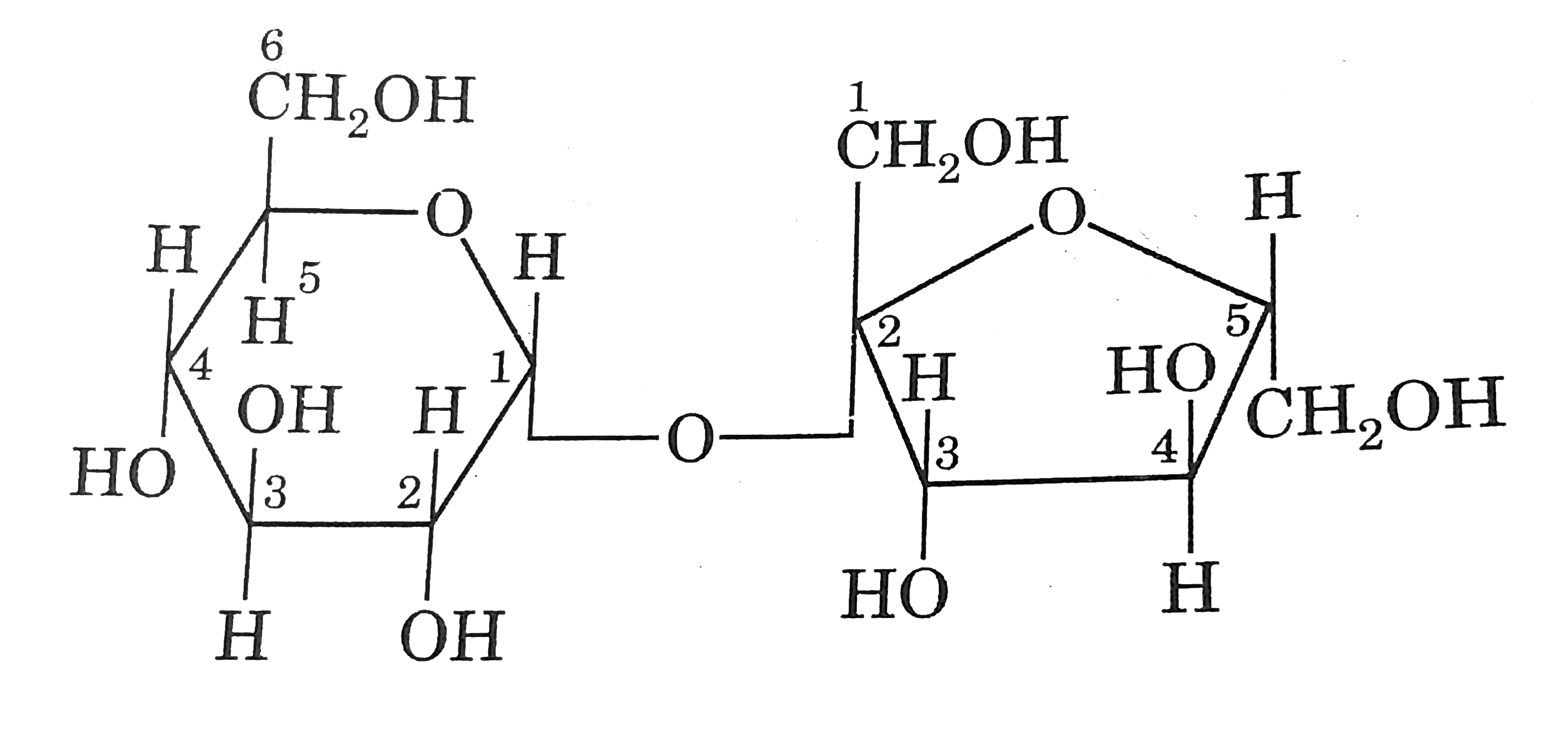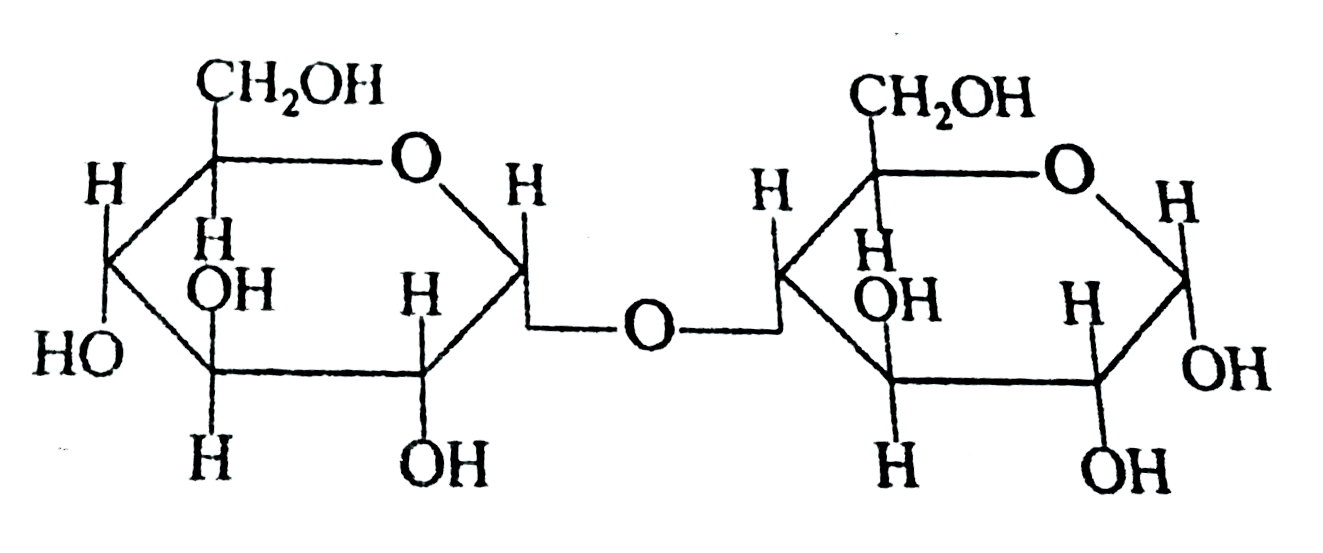Which statement is correct
For potassium, the atomic radius < ionic radius, but for bromine, the atomic radius > ionic radius
For potassium and bromine both, the atomic radii > ionic radii
For potassium and bromine both, the atomic radii < ionic radii
For potassium, the atomic radius > ionic radius but for bromine, the atomic radius < ionic radius
The correct Answer is:D
To determine which statement is correct regarding the atomic and ionic radii of potassium (K) and bromine (Br), we need to analyze the properties of these elements and their ions.
1. Understanding Atomic Radius:
- The atomic radius is the distance from the nucleus to the outermost shell of an electron in an atom. It generally increases down a group in the periodic table due to the addition of electron shells.
2. Potassium (K):
- Potassium is an alkali metal located in Group 1 of the periodic table. It has a relatively large atomic radius compared to non-metals.
- When potassium loses an electron to form a potassium ion (K⁺), it loses its outermost electron shell, resulting in a smaller ionic radius compared to its atomic radius.
3. Bromine (Br):
- Bromine is a halogen located in Group 17 of the periodic table. It has a smaller atomic radius than potassium due to its higher nuclear charge and greater effective nuclear charge acting on its valence electrons.
- When bromine gains an electron to form a bromide ion (Br⁻), it increases its electron-electron repulsion, leading to a larger ionic radius compared to its atomic radius.
4. Comparing Atomic and Ionic Radii:
- For potassium (K):
- Atomic radius (K) > Ionic radius (K⁺)
- For bromine (Br):
- Atomic radius (Br) < Ionic radius (Br⁻)
5. Evaluating the Statements:
- First statement: "For potassium, atomic radius is less than ionic radius." (Incorrect)
- Second statement: "Potassium and bromine both have the same radius." (Incorrect)
- Third statement: "Both potassium and bromine are the same." (Incorrect)
- Fourth statement: "For potassium, atomic radius is greater than ionic radius, and for bromine, atomic radius is less than ionic radius." (Correct)
Conclusion:
The correct statement is the fourth one: "For potassium, atomic radius is greater than ionic radius, and for bromine, atomic radius is less than ionic radius."
- The atomic radius is the distance from the nucleus to the outermost shell of an electron in an atom. It generally increases down a group in the periodic table due to the addition of electron shells.
- Potassium is an alkali metal located in Group 1 of the periodic table. It has a relatively large atomic radius compared to non-metals.
- When potassium loses an electron to form a potassium ion (K⁺), it loses its outermost electron shell, resulting in a smaller ionic radius compared to its atomic radius.
- Bromine is a halogen located in Group 17 of the periodic table. It has a smaller atomic radius than potassium due to its higher nuclear charge and greater effective nuclear charge acting on its valence electrons.
- When bromine gains an electron to form a bromide ion (Br⁻), it increases its electron-electron repulsion, leading to a larger ionic radius compared to its atomic radius.
- For potassium (K):
- Atomic radius (K) > Ionic radius (K⁺)
- For bromine (Br):
- Atomic radius (Br) < Ionic radius (Br⁻)
- First statement: "For potassium, atomic radius is less than ionic radius." (Incorrect)
- Second statement: "Potassium and bromine both have the same radius." (Incorrect)
- Third statement: "Both potassium and bromine are the same." (Incorrect)
- Fourth statement: "For potassium, atomic radius is greater than ionic radius, and for bromine, atomic radius is less than ionic radius." (Correct)
The correct statement is the fourth one: "For potassium, atomic radius is greater than ionic radius, and for bromine, atomic radius is less than ionic radius."
Topper's Solved these Questions
- BOOK - ERRORLESS CHAPTER - CLASSIFICATION OF ELEMENTS AND PERIODIC PROPERTIES EXERCISE - Ordinary Thinking Objective Questions Ionisation Energy60videos
CLASSIFICATION OF ELEMENTS AND PERIODIC PROPERTIES
- BOOK - ERRORLESS CHAPTER - CLASSIFICATION OF ELEMENTS AND PERIODIC PROPERTIES EXERCISE - Ordinary Thinking Objective Questions Electron affinity25videos
CLASSIFICATION OF ELEMENTS AND PERIODIC PROPERTIES
- BOOK - ERRORLESS CHAPTER - CLASSIFICATION OF ELEMENTS AND PERIODIC PROPERTIES EXERCISE - JEE Section Matrix Match type questions2videos
CLASSIFICATION OF ELEMENTS AND PERIODIC PROPERTIES
- BOOK - ERRORLESS CHAPTER - CHEMISTRY IN EVERYDAY IN LIFEEXERCISE - Critical Thinking (Objective question )25videos
CHEMISTRY IN EVERYDAY IN LIFE
- BOOK - ERRORLESS CHAPTER - COORDINATION CHEMISTRYEXERCISE - JEE(ADVANCED 2018 MORE THAN ONE CHOICE CORRECT ANSWER1videos
COORDINATION CHEMISTRY
Similar Questions
Knowledge Check
- Question 1 - Select One
Which statement si correct ?
ALaw of mass action and ate law expressions are same for single step reactionsBOrder of the slowest emementary reaction of a complex reaction gives the order of the complex reactionCBoth order and molecularity have normally maximum value of 3DAll of the above - Question 2 - Select One
Which statements is correct?
A(δHδT)P=(δUδT)V=RB(δHδT)P>(δUδT)VC(δUΔV)T for ideal gas is zeroDAll of these - Question 3 - Select One
Which statements is correct in the following ?
AAll metals are tensileBAll non - metals are tensileCGenerally metals are tensileDSome non - metals are tensile





